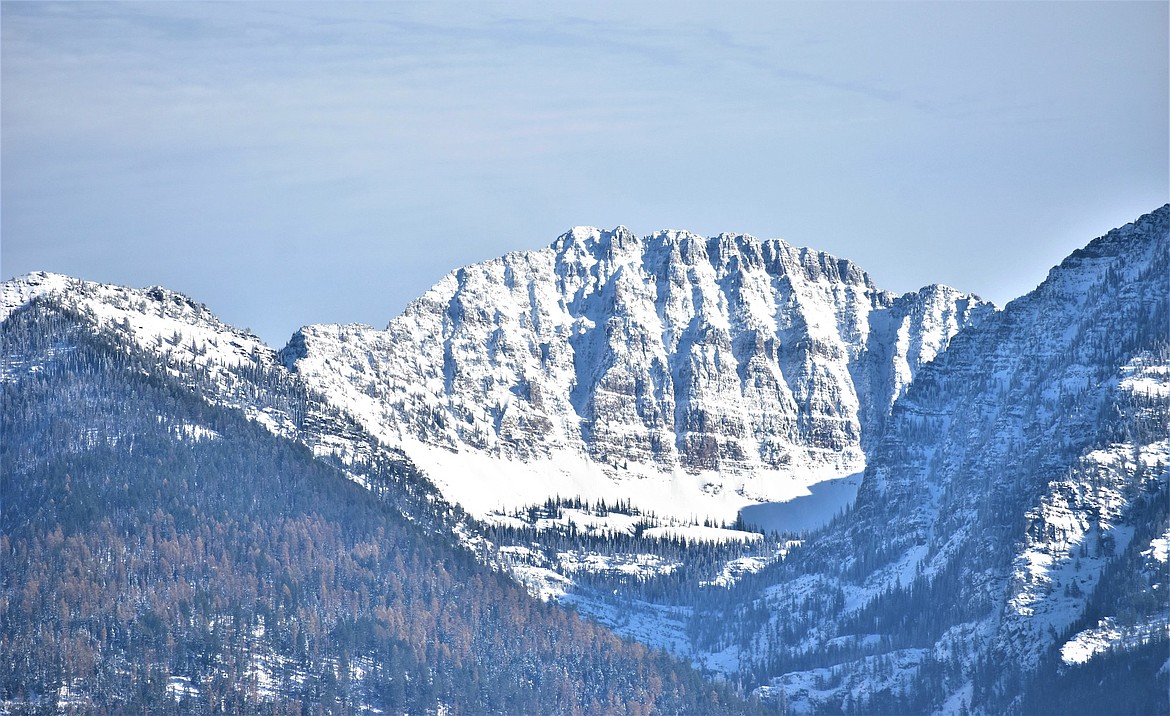Early winter storms deliver healthy snowpack
The snow and rain that slicked roads and plagued drivers across western Montana in December also translated into a healthy early-season snowpack according to the U.S. Natural Resources Conservation Service, which monitors SNOTEL sites across the state...
Become a Subscriber!
You have read all of your free articles this month. Select a plan below to start your subscription today.
Already a subscriber? Login



